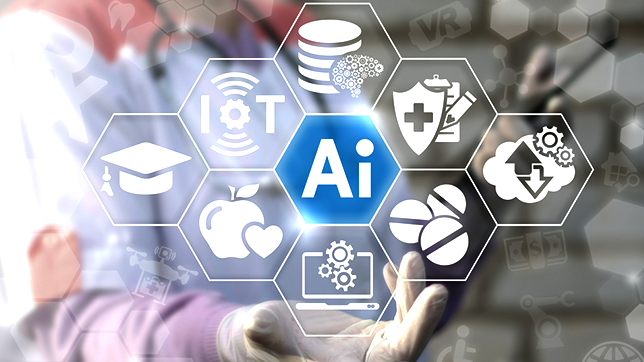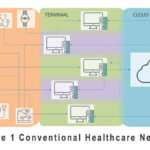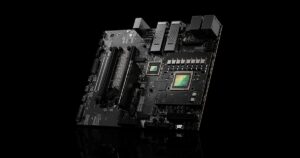Pitfalls To Be Avoided When Designing AI Based Medical Devices
Artificial intelligence (AI) based medical devices are rapidly evolving, as well as the companion approval process within the U.S. Food and Drug Administration (FDA). Different types of AI devices will be approved: from early computer-aided detection/diagnosis (CADe/CADx) with statistical classifiers, then with deep learning pre-trained data, to recently adaptive algorithms. The confidence of well-established special controls drives the FDA reclassifying medical image analyzers for some radiographs from class III into class II1. Most AI applications are categorized in Software as a Medical Device (SaMD) which is capable of running on general purpose (nonmedical purpose) computing platforms. However, it does not ensure good quality or smooth user experience when an AI based SaMD running on any arbitrary computers. Here are some major pitfalls you should definitely avoid during design process:
Overdriving cloud-centered computing. Most AI based SaMDs rely on network architecture and allocate tasks into different computing systems depending on performance requirements and the amount of data. Generally, the data training program is executed in advance or periodically updated on a cloud server. The difficulties emerge when determining whether the inference computing program should be run on- more cloud or more edge? Although the latest cloud servers are designed to support heavy loads, increased costs and the need for more compute power should be anticipated for growing businesses. In addition, both on the public or private cloud, network connections are the most uncertain and uncontrollable factors to influence overall performance, especially on during times of high traffic. You would not expect that every morning when hundreds of radiologists are idled waiting for an AI response from the cloud.
Complicated supply chain. Frequently, a wide variety of user terminals will be required to support an AI application in different fields. In a virtual case, an AI based SaMD is capable of processing hepatic computed tomography (CT) images with 3D reconstruction and surgical planning in different scenarios. First, a radiologist may run the SaMD with a high computing performance computer on site of CT angiography to determine the tumor characteristics and blood supply. Then, the images are examined in the radiology office with the high resolution display with DICOM support. A hepatologist uses a medical tablet to show the CT image report to a patient, and then explain the diagnosis and treatment plan. Surgeons might modify surgical planning and refer surgical navigation by surgical all-in-one system. No one enjoys managing dozens of tasks, many from different sources.
Uncertain product life cycle and supply shortage. Medical devices usually have longer product life cycles than consumer products due to design time, clinical trials, regulatory process, and market acceptance. One of the worst scenarios that could occur is when a product that just passed through the FDA approval process has critical components phasing out. The result is a delay to market, due to a re-design cycle and resubmission for another FDA approval. Increasingly, with the rise of inclusion of AI, critical components for computing resources are anticipated to be in short supply. Please be sure to avoid this dilemma that included late shipments, a shortened lifecycle, and early redesign.
Lack of financial flexibilities. When the procurement decision has been approved by C-level executives heading healthcare facilities, the next series of questions will be determining the placement between capital expenditure (CapEx) or operating expenditure (OpEx). Although there is no conclusive answer yet, the decision makers will select whichever fits their situations. If you are only considering the Software as a Service (SaaS) business model, you may want to consider a bundle with AI infrastructure to provide more financing options.
Please feel free to contact us for further discussion, if you are need total solutions and hardware platforms for Artificial Intelligence!
References














